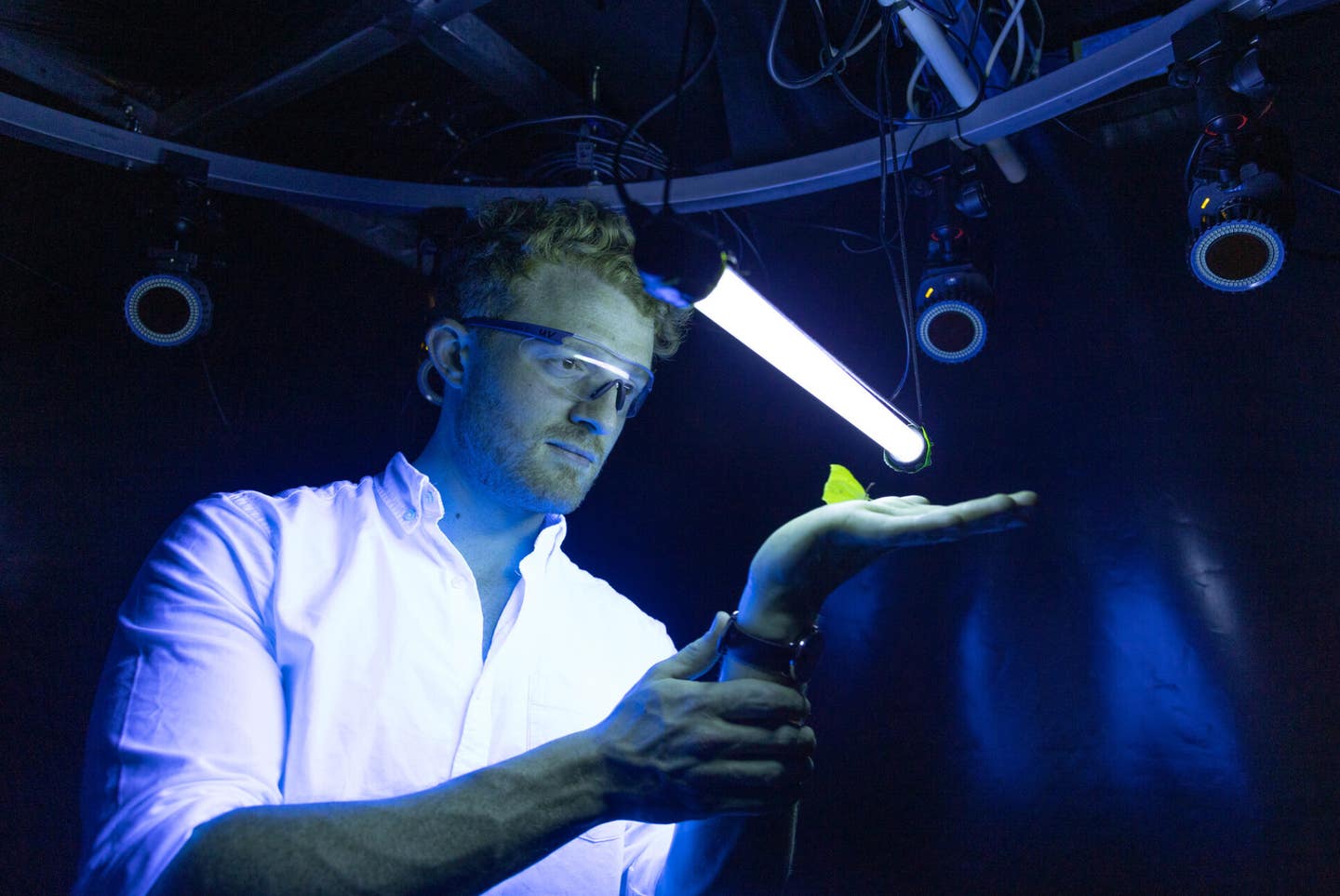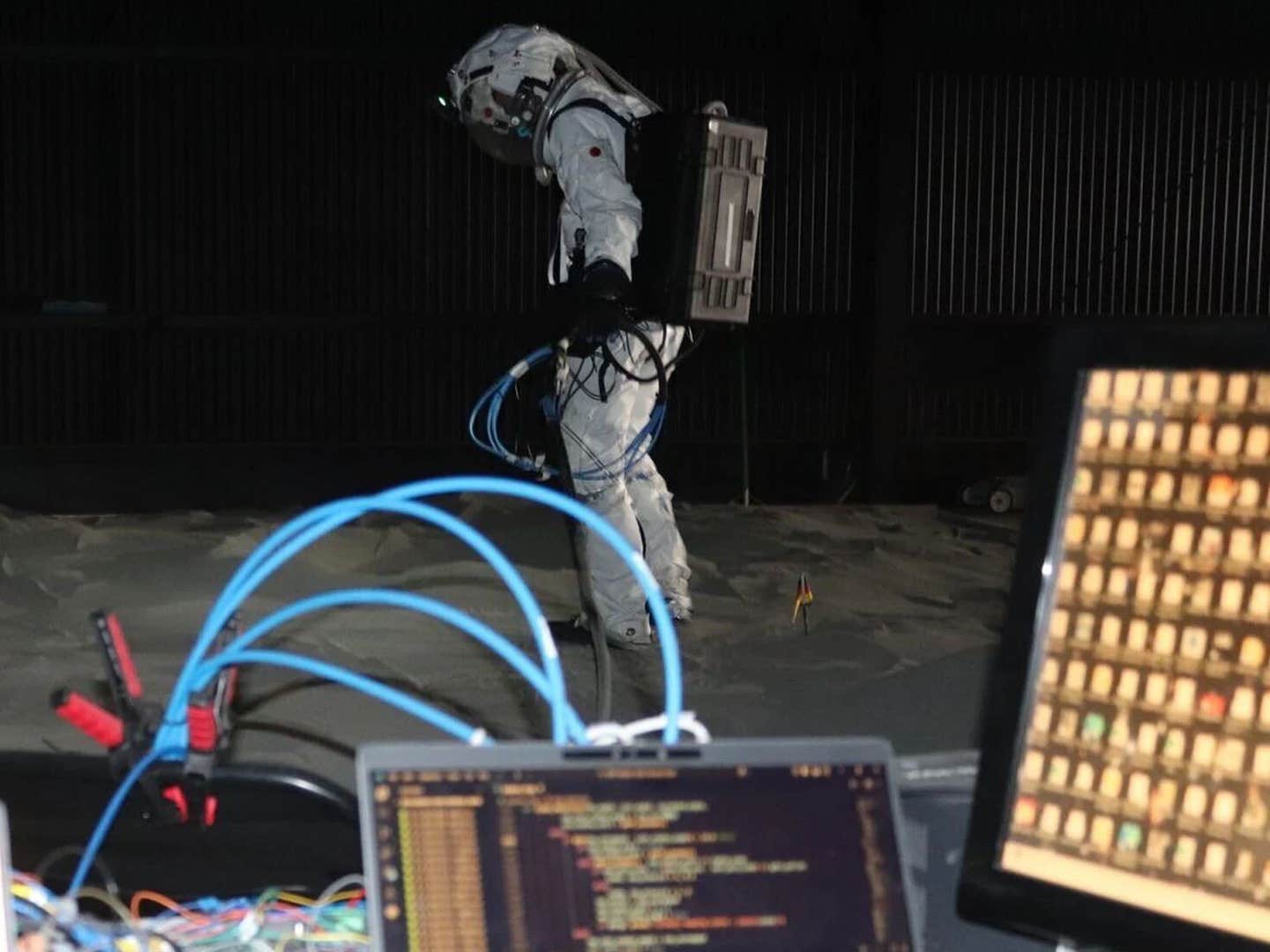Scientists solved the mystery of why flying insects are attracted to light
Scientists long wondered what attracts insects like mosquitos to artificial light but lacked a good answer,

Dr. Samuel Fabian, from the Department of Bioengineering at Imperial. (CREDIT: Thomas Angus)
Scientists long wondered what attracts insects like mosquitos to artificial light but lacked a good answer, until now. The mysterious phenomenon is called phototaxis, the movement of organisms in response to light.
Phototaxis, particularly in nocturnal insects, has long fascinated researchers, who have debated the underlying reasons for this behavior. Various theories have emerged over time, attempting to explain why insects seem irresistibly drawn to artificial lights.
One prevailing hypothesis posits that insects mistakenly perceive the light as a gap in foliage, using it as a misguided escape route. Others suggest that insects employ light as a navigational tool. Some scientists proposed that insects are attracted to the heat emitted by light sources, while others argued that the intense brightness blinds insects, causing erratic flight patterns and frequent crashes.
Now, scientists from the Department of Bioengineering at Imperial College London have unveiled a new perspective on this intriguing behavior. Contrary to the conventional beliefs, their research suggests that flying insects are not inherently attracted to light; instead, they become disoriented by it, mistaking it for the sky and perceiving it as "up," which leads to crashes.
Related Stories:
Lead author of the study, Dr. Samuel Fabian, from the Department of Bioengineering at Imperial, explained their motivation, saying, "We wanted to understand why insects seem unable to resist flying into and around potentially fatal light sources. Answering this question could help us get a better grip on humans' impact on insects and the wider natural world."
To investigate this phenomenon, the researchers employed advanced techniques such as stereo-videography during field experiments in Costa Rica and high-resolution motion capture technology in the laboratory to reconstruct the 3D flight patterns of insects around artificial light.
Their findings challenged existing theories. In the field experiments, they discovered that insects were not inherently attracted to distant light sources; instead, they became trapped when flying too close to an artificial light. Moreover, the insects displayed a peculiar behavior of turning their dorsal (top) side towards light sources. While this behavior is advantageous under natural lighting conditions, it becomes problematic when approaching artificial light sources, causing the insects to continually steer around the light, ultimately leading to entrapment.
Researchers attached markers to the backs of moths and dragonflies to capture data about how they fly when near lights. (CREDIT: Sam Fabian)
In addition to this dorsal-turning behavior, the researchers observed three unusual flight behaviors near artificial lights: orbiting, stalling, and inversion. Insects would often follow a stable circular flightpath around the light source (orbiting), perform a steep climb that gradually reduced in speed until no movement was observed (stalling), or flip upside down and crash (inversion). Intriguingly, insects consistently oriented their dorsal axis toward the light source, even if it meant preventing sustained flight and increasing the likelihood of a crash.
To complement their field observations, the research team conducted lab tests using five species of insects, including dragonflies, moths, and hawkmoths. They attached position markers to the insects and tracked their behavior around various light sources, including UV LEDs and cool white LEDs. The results demonstrated that the insects' ability to control their flight bearings was significantly altered when they attempted to tilt their bodies toward the lights.
Researchers attached position markers to the insects and tracked their behavior around various light sources, including UV LEDs and cool white LEDs. (CREDIT: Thomas Angus)
By using computer modeling, the researchers established that insects tilting their bodies towards the light could explain the seemingly erratic flight patterns near artificial light sources. This new insight led them to propose that insects gather at artificial lights not because they are attracted to them, but because they become disoriented, mistaking the light for the sky.
The prevailing explanation for this behavior is that most flying insects exhibit what is known as the dorsal-light-response, a behavior that keeps their dorsal side facing the brightest visual region. Before the proliferation of artificial light, this region was typically the night sky.
Insects flying around a light source in the field display 3 common behavioral motifs not seen in normal flight. (CREDIT: Nature Communications)
Dr. Fabian emphasized the importance of understanding how insects orient themselves, stating, "Flying animals need a reliable way to determine their orientation, especially relative to the direction of gravity. With help from new technologies that enable us to track the movements of tiny insects in difficult and dark conditions, we were able to understand how these insects behave around different light sources."
The study raises concerns about the increasing prevalence of artificial nighttime light sources, including streetlamps, buildings, and vehicles. The researchers suggest that reducing unnecessary, unshielded, upward-facing lights and ground reflections can mitigate the negative impact on nocturnal insects when natural light from the sky cannot compete with artificial sources.
Insects within a controlled environment did not head towards the light source, but predominantly orbited it. Top-down plotted flight tracks for each of the 4 main study species with a central downward-facing bulb or vertical tube light source (left four panels), and Sympetrum striolatum in total darkness (right). (CREDIT: Nature Communications)
Dr. Fabian added a poignant message: "I hope this research motivates us to think twice about the light we throw around at night. Light at night is pollution, and we need to think of it as such. It may be that simply shrouding and restricting our lights can dramatically improve life for our nocturnal wildlife."
The study, titled "Why flying insects gather at artificial light," was published in the prestigious journal Nature Communications. It sheds light on a previously misunderstood phenomenon, highlighting the urgent need for responsible use of artificial light to protect the delicate balance of the natural world at night.
For more technology news stories check out our New Discoveries section at The Brighter Side of News.
Note: Materials provided above by The Brighter Side of News. Content may be edited for style and length.
Like these kind of feel good stories? Get the Brighter Side of News' newsletter.



